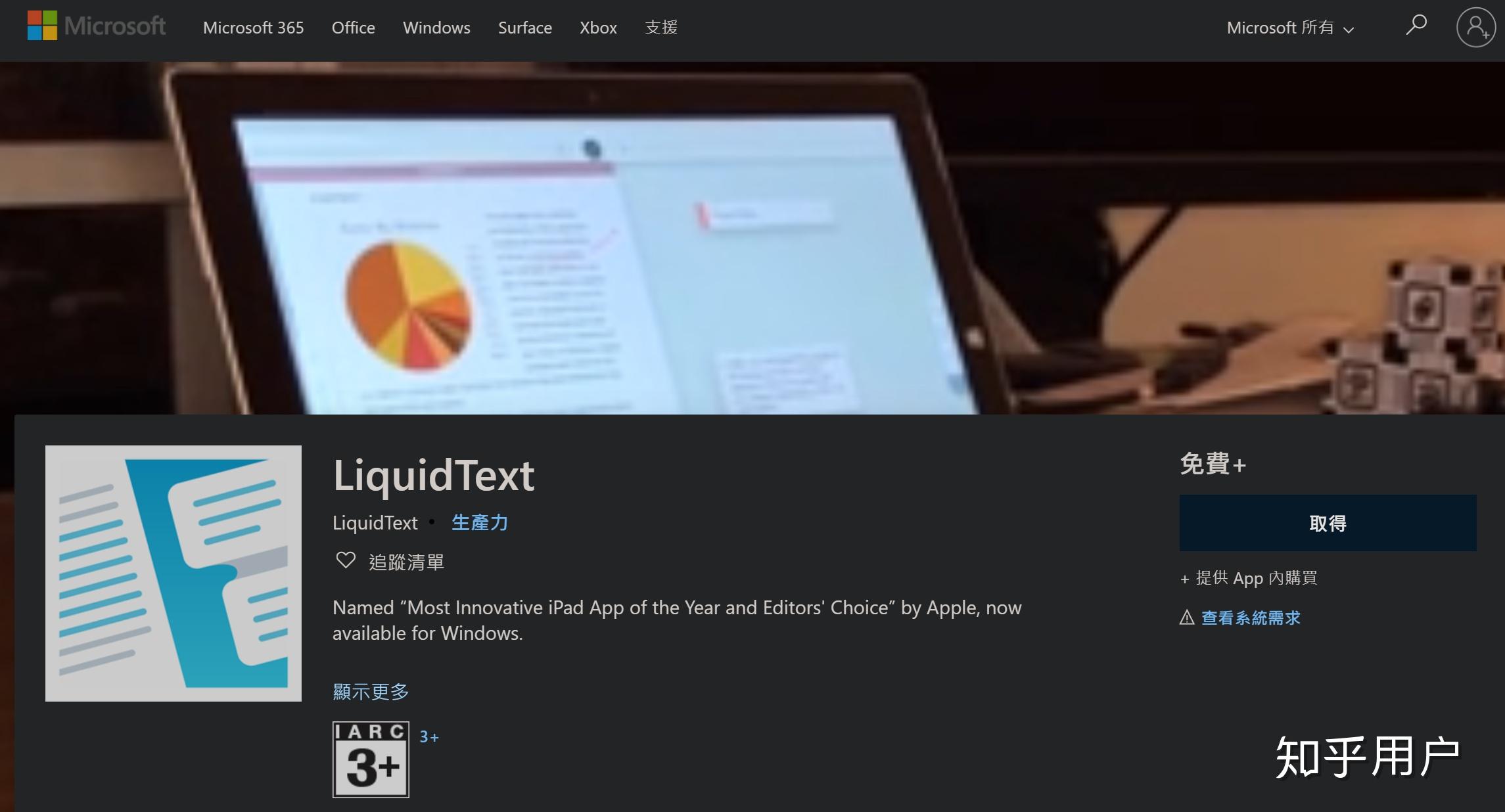
- #LIQUIDTEXT VS MARGINNOTE 3 HOW TO#
- #LIQUIDTEXT VS MARGINNOTE 3 PDF#
- #LIQUIDTEXT VS MARGINNOTE 3 FULL#
On the other hand, MarginNote 3’s design may be more complex, but it changes the interface to match your needs. Easy access to folders, documents, and workspace.Quick access to import documents of different types.Simple and intuitive navigation and display.If you’re looking to quickly parse through PDFs, take notes, and make connections, LiquidText makes it easy to get started right away. While you’ll find some tutorials in the app’s help section to guide you through the basics, getting started can still feel pretty overwhelming, especially compared to the simplistic setup offered by LiquidText.

#LIQUIDTEXT VS MARGINNOTE 3 HOW TO#
Learning how to use and navigate through each of the different sections can become a time sink. The left side holds your flashcards, and the right side gives you the option of three different views: Card, MindMap, or Document. Opening a card deck also takes you to a split screen.Opening a MindMap Notebook takes you to a split screen, with your document on the right and an area to create your mind map and take notes on the left.Opening a document will allow you to pull excerpts and annotate PDFs and other documents.To further complicate things, MarginNote’s interface changes dramatically depending on what you’re doing:

#LIQUIDTEXT VS MARGINNOTE 3 FULL#
Once you understand the layout and the full document workflow, the logic behind the options makes sense, but the UI still feels cumbersome. The menus are also considerably more complex due to the document management features, so the system takes more time to learn. The files are categorized, which means that you’ll be forced to switch back and forth between categories if you need to search visually. With this app, you can import documents, create a study workspace from them (called MindMap Notebooks), and then consolidate the notes created in your study workspace into a review.įor starters, there isn’t an easy way to view all of your files in one place. While we’ll cover each workspace in greater detail below, these three sections illustrate the app’s ideal workflow for your documents.

Your primary document covers one half of the screen while your notes cover the other.

#LIQUIDTEXT VS MARGINNOTE 3 PDF#
Even then, it’s exactly what you’d expect in a PDF editor and notetaking app. Switching to the project workspace triggers the only major change in the user interface. Tapping on a folder will allow you to see its contents, and a simple press and hold on any project or folder will allow you to delete or rename it, but the main interface is simple and easy to use. You can also use the display icon to switch between a list view and a grid layout. At the top of the screen, you’ll find a navigation toolbar with the tools you need for speedy navigation. The rest of the workspace holds all your documents. You can also connect directly to Zotero and Mendeley if you use either tool for research and reference work. The left sidebar provides importing options, including the ability to open a file, a webpage, or a picture. LiquidText takes simplicity to a whole new level with a dashboard that is about as straightforward as they come. #alt#An image showing the user interface of LiquidText. #caption#The LiquidText user interface can be sorted as a list (shown) or a grid and arranged by name or date.


 0 kommentar(er)
0 kommentar(er)
